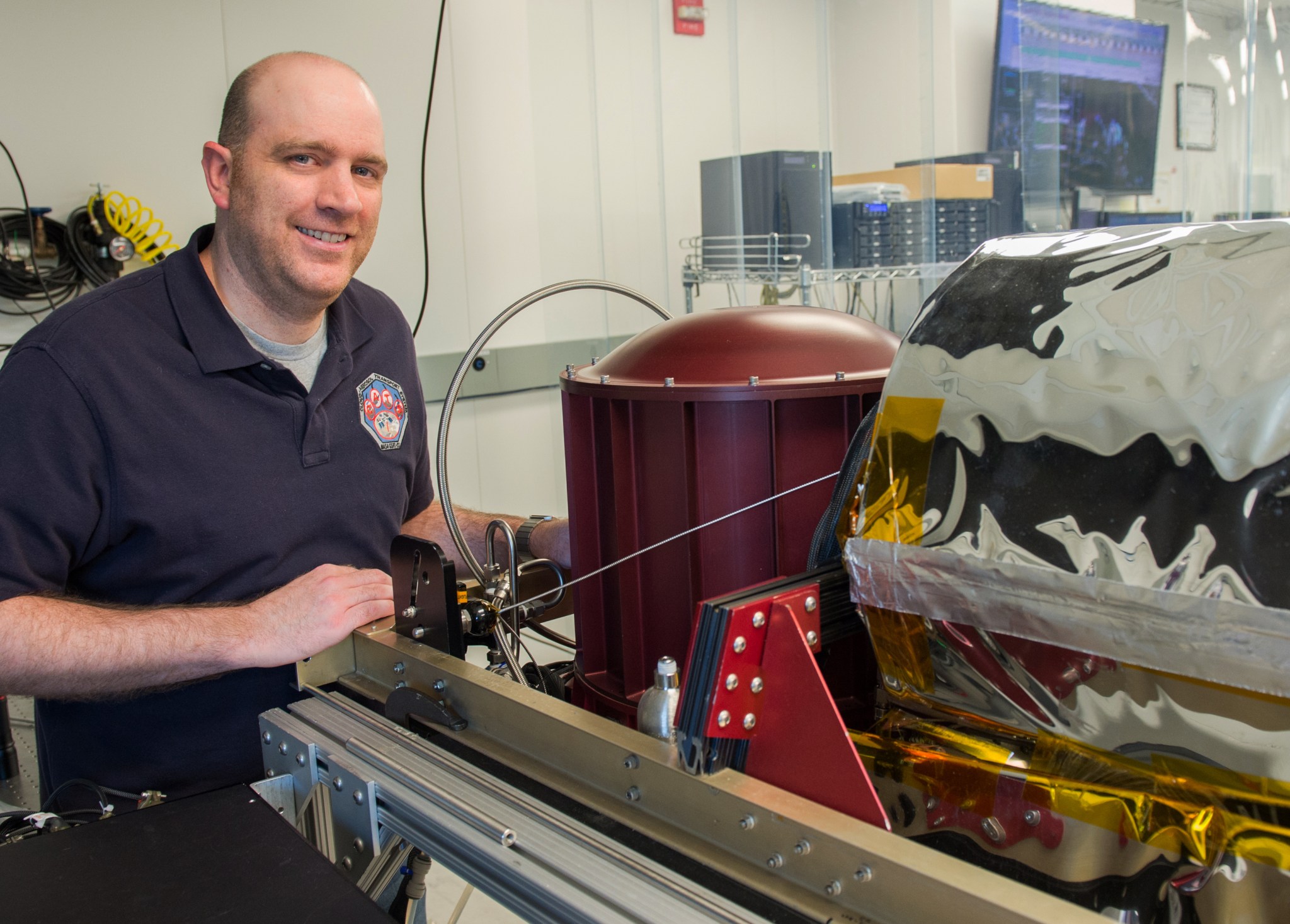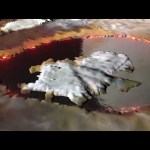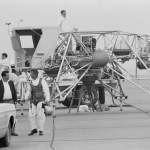
Name: John Yorks
Formal Job Classification: Physical research scientist
Organization: Code 612, Mesoscale Atmospheric Processes Laboratory, Science Directorate
What do you do and what is most interesting about your role here at Goddard? How do you help support Goddard’s mission?
I am an atmospheric scientist working with mesoscale atmospheric processes which, in my case, means studying clouds and tiny particles in the atmosphere called aerosols using laser instrumentation. One aspect of my work is helping build and maintain aircraft instruments that measure clouds and aerosols. I have participated in dozens of field campaigns for Goddard. My current big project is a laser instrument that operates on the International Space Station called the Cloud-Aerosol Transport System (CATS).
Why are you interested in learning about clouds and aerosols?
Clouds are a key regulator of the Earth’s global temperature. Their impact on Earth’s climate system depends on their altitude and their properties such as particle shape, size and number.
Aerosols are important for two reasons. They also impact the Earth’s climate system by absorbing sunlight and scattering sunlight back into space which is called albedo. Aerosols are also important because they are harmful to human health. They cause poor air quality and are partially responsible for over 3 million deaths a year.
As a young child, I was always fascinated by severe storms, especially winter storms. My mother turned on The Weather Channel any time bad storms were approaching. So, I became very interested in weather and the atmosphere at a young age. I would lay on our backyard swing, watching clouds move and looking at their shapes to see different animals.
How did you become interested in doing field work?
As a graduate student, I participated in a few field campaigns. It was exciting to travel to new places and work with instrumentation to answer important science questions. In 2008, when an opportunity arose to come to Goddard to do similar work, I jumped.
I have since participated in field campaigns in California, Texas, NASA’s Wallops Flight Facility in Virginia and Alaska. When I am in the field, I help plan the flight path. After the flight is finished, I analyze the data from the onboard laser instruments and make any necessary modifications to the instruments. The purpose of these flights is to validate satellite instruments and also to study specific atmospheric phenomenon. I especially enjoy studying ice clouds, clouds with ice particles.
How did your group become involved with CATS?
The success of our aircraft instruments that flew on our field campaigns evolved into our team’s collaboration with the ISS to build an instrument to augment the ISS’ involvement with studying Earth science. Our instrument is CATS (https://cats.gsfc.nasa.gov/), a laser remote-sensing instrument, or lidar, which measures the vertical structure of clouds and aerosols. CATS launched in January 2015. Since launching, CATS has fired over 150 billion laser shots at clouds and aerosols. CATS works by sending a laser beam into the atmosphere, the beam reflects off of clouds and aerosols, and then the beam bounces back to the instrument. We measure the amount of reflected light detected and, by timing the difference between the emission and return, we can determine the altitude of the clouds and aerosols.
What is your role with CATS?
Although I am more of a dog person, I am the science lead for CATS. I lead the team of about eight terrific scientists who create the software to produce the data products from CATS data. We essentially take the raw data from the instrument and calibrate it to create science products for the overall science community. We also make visualizations some of which are displayed on Goddard’s hyperwall.
What is your educational background?
I received an undergraduate degree in meteorology from Millersville University in Millersville, Pennsylvania. After, I received a master’s in meteorology from Penn State in State College, Pennsylvania. I then moved to Maryland and started working at Goddard. At the same time, I began and later completed a doctorate in atmospheric and oceanic science from the University of Maryland, College Park, Maryland.
In addition to your traditional scientific work, what has been one of the coolest things you have done at Goddard?
In 2012, I had the idea of creating a one-day forum for Goddard’s young Earth scientists to come together and present their work to each other. It is very important for young scientists to present their work to others. Scientists collaborate; we do not work in isolation. One of my goals was to help our young scientists better communicate about their research. I also wanted to promote collaboration among ourselves.
My idea became the Young Scientist Forum which is now an annual fall event. Last fall, about 50 of our scientists presented to an audience of approximately 200 people.
We now have a committee of Earth scientists who review abstracts, select presenters and organize the overall event. Our committee is gaining experience about how to lead large research meetings. So, everyone is learning.
Is there something surprising about you that people do not generally know?
My wife and I have a young son and younger twin girls. One of the highlights of my life so far was taking our son to an ice hockey game. I love anything at all involving ice hockey. I have played since I was 8 years old. I am a huge fan and watch all National Hockey League games. I currently play forward in an adult league.
When I was young, my dream was to play on an NHL team. Now, my goal is to go to a Stanley Cup game with my family. Although my beautiful wife refers to hockey as my mistress, I think going to the game will be our ultimate family experience!
What is your “six-word memoir?” A six-word memoir describes something in just six words.
Hard-working, ambitious scientist and family man.
By Elizabeth M. Jarrell
NASA’s Goddard Space Flight Center, Greenbelt, Md.

Conversations With Goddard is a collection of Q&A profiles highlighting the breadth and depth of NASA’s Goddard Space Flight Center’s talented and diverse workforce. The Conversations have been published twice a month on average since May 2011. Read past editions on Goddard’s “Our People” webpage.



























